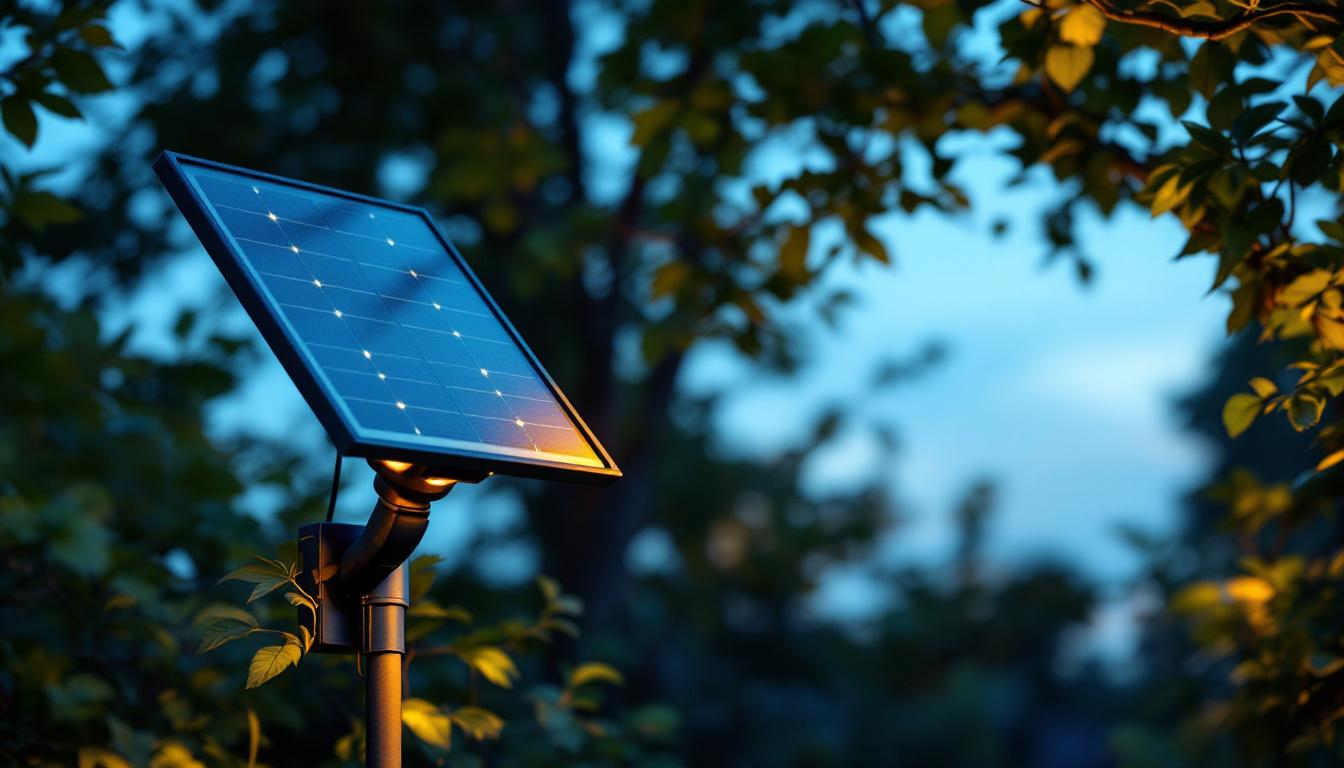
As the demand for sustainable and energy-efficient lighting solutions continues to rise, the integration of LED lamps with solar panels has emerged as a viable option for lighting contractors. This innovative technology not only reduces energy costs but also minimizes environmental impact. Understanding the science behind LED lamps with solar panels is essential for contractors looking to offer cutting-edge solutions to their clients.
Light Emitting Diodes (LEDs) are semiconductor devices that emit light when an electric current passes through them. Unlike traditional incandescent bulbs, which produce light by heating a filament, LEDs generate light through electroluminescence, a process where electrons recombine with holes within the device, releasing energy in the form of photons.
LED lamps are known for their efficiency, longevity, and low heat output. They consume significantly less energy compared to traditional lighting options, making them an attractive choice for both residential and commercial applications. Furthermore, their lifespan can extend up to 50,000 hours or more, reducing the frequency of replacements and maintenance. This remarkable durability not only saves consumers money over time but also contributes to a decrease in waste generated from discarded bulbs, thereby promoting a more sustainable approach to lighting.
One of the most compelling reasons to choose LED technology is its energy efficiency. LEDs convert about 80% of their energy into light, while traditional bulbs waste a considerable amount of energy as heat. This efficiency translates into lower electricity bills for consumers and reduced strain on power grids. Additionally, the ability to produce light in a variety of colors without the need for filters makes LEDs incredibly versatile, allowing for creative applications in both decorative and functional lighting.
Moreover, LED lamps are environmentally friendly. They contain no toxic materials such as mercury, which is commonly found in fluorescent bulbs, and are 100% recyclable. This makes them a sustainable choice for lighting solutions, aligning with the growing emphasis on eco-friendly practices in various industries. As cities and municipalities look to reduce their carbon footprints, many are transitioning to LED street lighting, which not only enhances visibility and safety but also significantly cuts down on energy consumption and maintenance costs. The shift to LED technology is not just a trend; it represents a fundamental change in how we approach lighting in our homes, workplaces, and public spaces.
Solar panels, or photovoltaic (PV) panels, convert sunlight into electricity. They consist of numerous solar cells made from semiconductor materials, typically silicon. When sunlight hits these cells, it excites electrons, creating an electric current that can be harnessed for various applications, including powering LED lamps.
The efficiency of solar panels has improved significantly over the years, with modern panels capable of converting a substantial percentage of sunlight into usable energy. This efficiency, combined with the decreasing cost of solar technology, has made solar panels a popular choice for energy generation, especially in remote or off-grid locations.
The operation of solar panels is based on the photovoltaic effect. When photons from sunlight strike the solar cells, they knock electrons loose, creating a flow of electricity. This direct current (DC) electricity can then be converted into alternating current (AC) using an inverter, making it suitable for household use.
In the context of LED lamps, solar panels can directly power the lamps or charge a battery that stores energy for later use. This flexibility allows for lighting solutions that are both efficient and independent of the electrical grid.
The combination of LED lamps with solar panels creates a powerful synergy that enhances the benefits of both technologies. This integration allows for the creation of autonomous lighting systems that are not only cost-effective but also environmentally friendly.
When designing solar-powered LED lighting systems, it is essential to consider factors such as the location of installation, the expected sunlight exposure, and the energy requirements of the LED lamps. Proper assessment ensures optimal performance and longevity of the system.
A typical solar-powered LED lighting system consists of several key components: solar panels, LED lamps, a charge controller, a battery, and an inverter (if AC power is needed). Each component plays a crucial role in the overall functionality of the system.
The solar panel captures sunlight and converts it into electricity, which is then managed by the charge controller to prevent overcharging the battery. The battery stores the energy for use during nighttime or cloudy days, ensuring that the LED lamps remain operational even when sunlight is unavailable. If AC power is required, the inverter converts the stored DC electricity into AC electricity.
When designing a solar-powered LED lighting system, several factors must be taken into account to ensure optimal performance. The first consideration is the energy consumption of the LED lamps. Understanding the wattage and operating hours will help determine the size of the solar panel and battery needed.
Another critical factor is the geographical location of the installation. Areas with higher sunlight exposure will require smaller solar panels compared to regions with less sunlight. Additionally, seasonal variations in sunlight should be considered, as they can affect the overall efficiency of the system.
Solar-powered LED lamps are versatile and can be used in various applications, ranging from residential to commercial and industrial settings. Their ability to operate independently of the electrical grid makes them particularly suitable for remote areas where access to electricity is limited.
Common applications include street lighting, garden lighting, security lighting, and outdoor event lighting. In each case, the benefits of reduced energy costs and environmental sustainability are significant advantages that can be highlighted to clients.
Solar-powered LED street lighting is becoming increasingly popular in urban and rural areas alike. These systems provide reliable illumination while reducing the need for extensive electrical infrastructure. By eliminating the costs associated with trenching and wiring, municipalities can save significantly on installation and maintenance costs.
Moreover, solar street lights can be equipped with smart technology, allowing for features such as motion sensors and remote monitoring. This enhances energy efficiency and ensures that lights are only activated when needed, further reducing energy consumption.
In residential settings, solar-powered LED lamps can enhance the beauty and safety of outdoor spaces. Garden and landscape lighting not only improves aesthetics but also provides security by illuminating pathways and entrances. The ease of installation and lack of wiring makes solar options particularly appealing for homeowners.
These systems can be designed to operate automatically, turning on at dusk and off at dawn, or can be equipped with timers and sensors for added convenience. The flexibility in design allows for creative lighting solutions that cater to the specific needs of each garden or landscape.
While the integration of LED lamps with solar panels presents numerous advantages, there are also challenges that lighting contractors must be aware of. Understanding these challenges is crucial for successful project execution and client satisfaction.
One of the primary challenges is the initial cost of installation. Although solar technology has become more affordable, the upfront investment can still be significant for some clients. Lighting contractors should be prepared to discuss the long-term savings and environmental benefits to help clients see the value in the investment.
Another consideration is the maintenance of solar-powered LED systems. While they generally require less maintenance than traditional lighting systems, regular checks on the solar panels, batteries, and LED fixtures are essential to ensure consistent performance. Contractors should provide clients with guidelines on maintenance practices to prolong the life of the system.
Reliability is also a concern, particularly in areas with inconsistent sunlight. Contractors should assess the specific location and potentially recommend larger solar panels or additional battery storage to mitigate this issue. Understanding the local climate and seasonal variations will help in designing a robust system that meets client expectations.
The future of solar-powered LED lighting looks promising, with ongoing advancements in technology and design. Innovations such as integrated smart technology, improved battery storage solutions, and enhanced solar panel efficiency are paving the way for more effective and versatile lighting solutions.
As the demand for sustainable energy solutions continues to grow, lighting contractors who embrace solar-powered LED technology will be well-positioned to meet the needs of their clients. By staying informed about the latest developments and understanding the science behind these systems, contractors can offer valuable insights and solutions that benefit both their clients and the environment.
In conclusion, the integration of LED lamps with solar panels represents a significant advancement in lighting technology. For lighting contractors, understanding the science behind these systems is essential for providing effective solutions to clients. By recognizing the benefits, applications, and challenges associated with solar-powered LED lighting, contractors can position themselves as knowledgeable professionals in a rapidly evolving industry.
As the world moves towards more sustainable practices, embracing solar-powered LED technology will not only enhance business opportunities but also contribute to a greener future. The potential for innovation in this field is vast, and those who adapt will undoubtedly thrive in the changing landscape of lighting solutions.
Ready to elevate your lighting projects with the most efficient and sustainable solutions? At LumenWholesale, we provide lighting contractors like you with the highest quality LED lamps and solar panel systems at unbeatable wholesale prices. Say goodbye to inflated markups and hello to spec-grade products that meet the highest industry standards. With our hassle-free bulk buying and free shipping, you can trust that you’re getting premium lighting at the best value — without any hidden fees. Make the smart choice for your business and the environment. Visit LumenWholesale today to explore our extensive selection and embrace the future of solar-powered LED lighting.
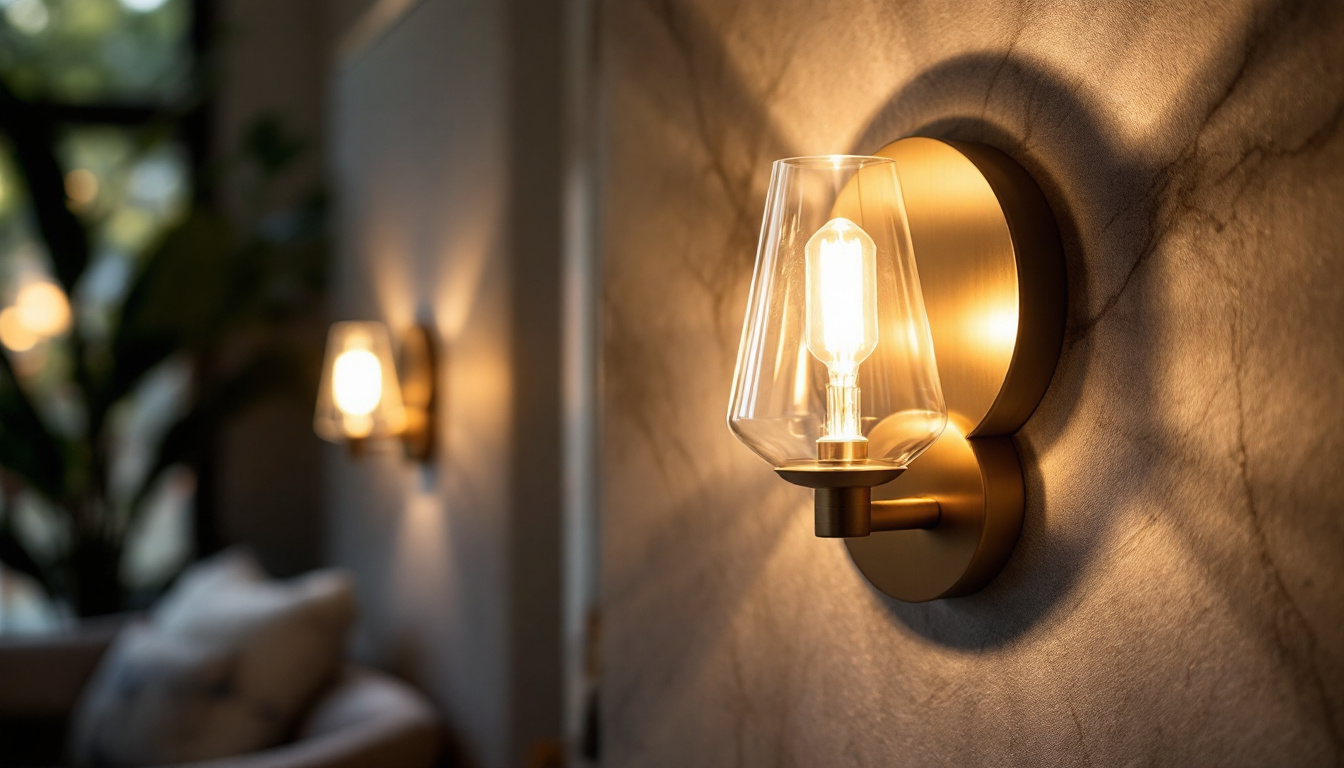
Discover why wall light fixtures are an essential tool in every lighting contractor’s arsenal.
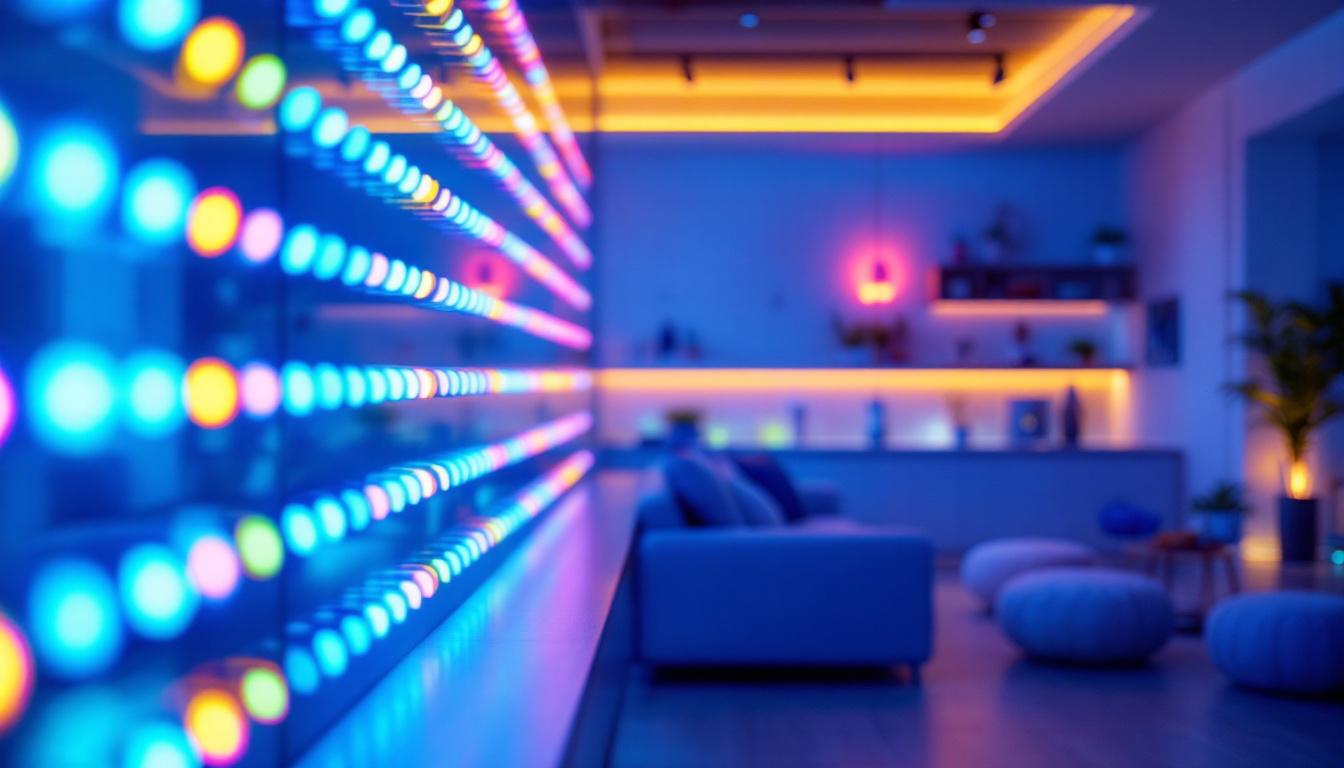
Explore how Rbg LED technology is revolutionizing energy efficiency in lighting solutions.
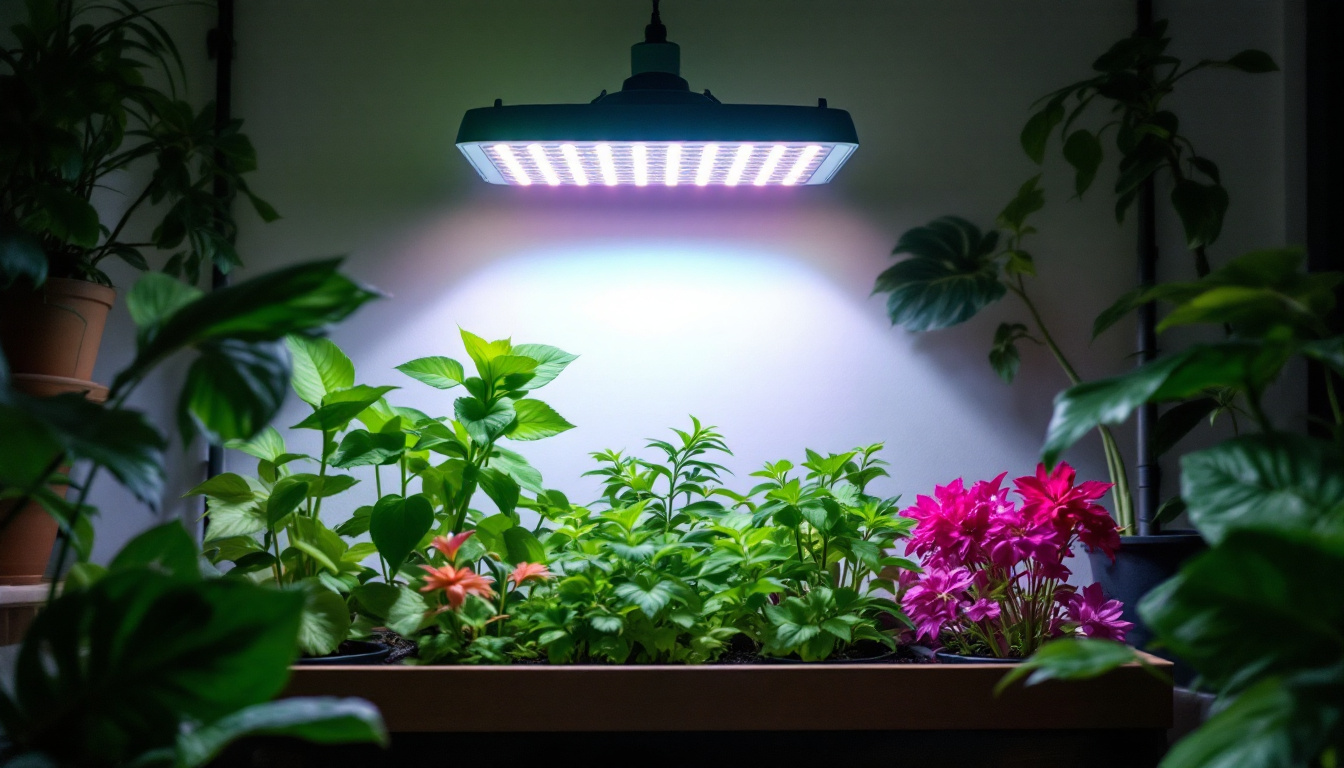
Unlock the secrets of discount grow lights with our comprehensive guide tailored for lighting contractors.
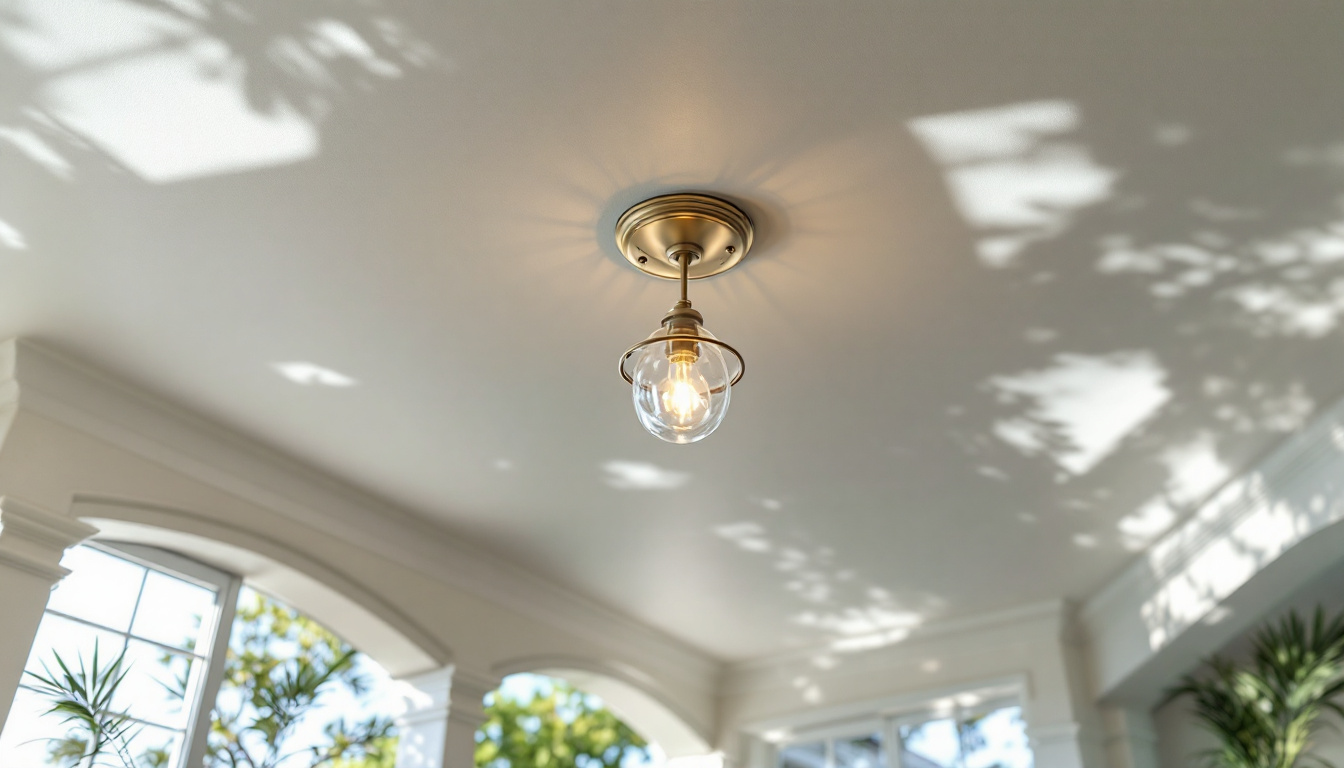
Discover how ceiling mount outdoor cathedral ceilings are revolutionizing the lighting industry with their innovative design and functionality.